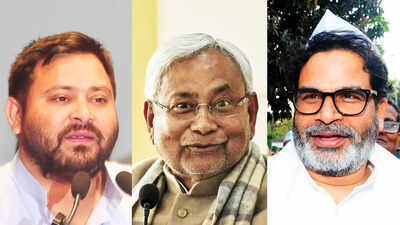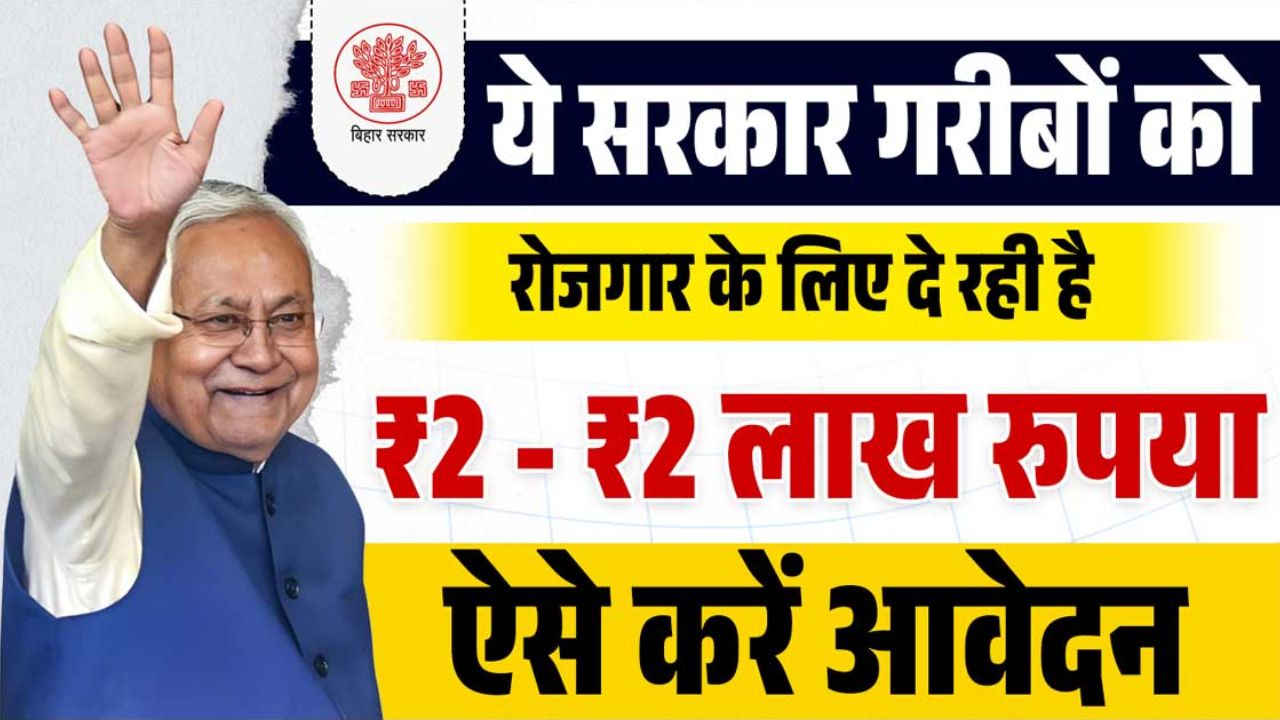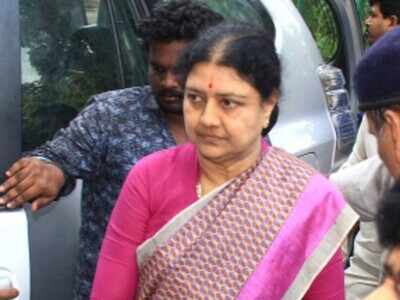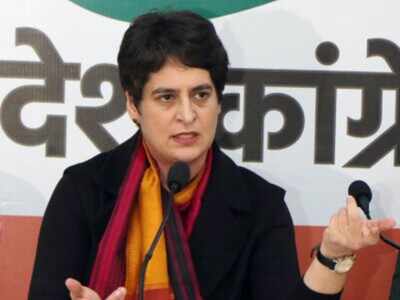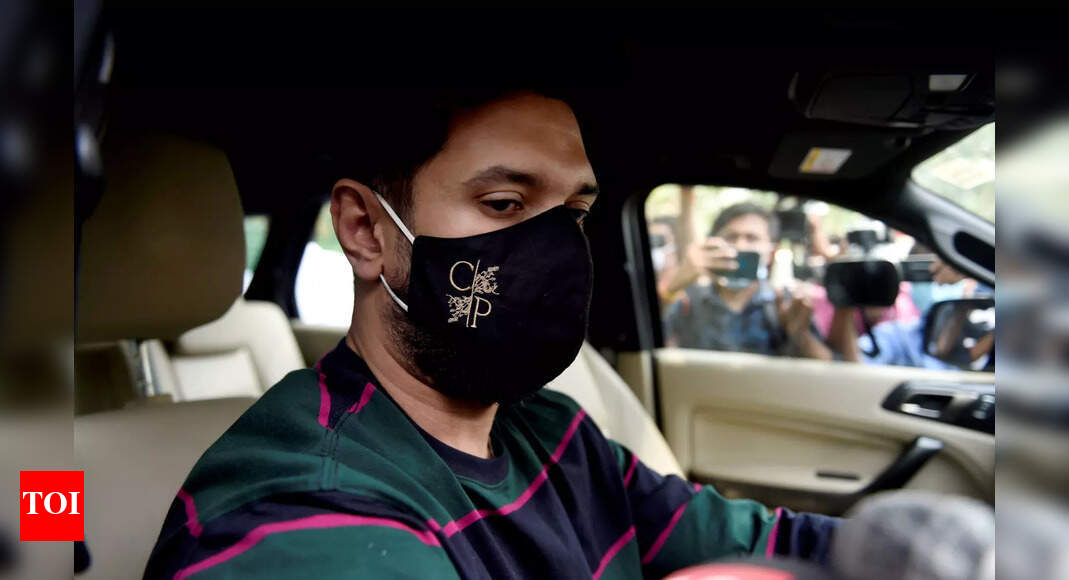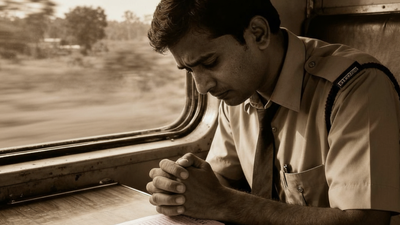It’s easy to be overwhelmed by grim statistics, especially when it comes to Bihar. It’s at the bottom of most development indicators when compared with other states. But what if we look at the data not just for how things are today but how they were in the past and could be in future?That’s what Our World in Data has done with a new kind of visual storytelling — one that holds three truths at once: the world is still awful, it’s much better than it was, and it can be much better still.In one striking chart, the site shows that 4.4% of all children worldwide die before age 15. Yet, that same data shows a century ago, nearly half of all children died young. Today, in the European Union, the figure is just 0.47%. The world is both tragic and transformed — and proof that change is possible.

Picture credit: Our World in Data
A similar pattern emerges with poverty. Globally
,
one in ten people (10.3%) still live on less than PPP$3 a day, a grim reminder of inequality. But in 1981, that share was 47% — nearly half of humanity. Some nations, from Austria to Australia, have virtually eliminated extreme poverty. India too is close to ending extreme poverty, though multi-dimensional poverty that captures factors other than income is till high. The world, once poor, is undeniably richer — and yet remains unfinished.Closer home, even Bihar’s story fits this rhythm. The state’s share in India’s GDP has fallen from 6% just after Jharkhand was separated from it to 2.8% now, but its economy has grown over 9% annually in three years after Covid— suggesting that it’s share in national income could rise. It’s the same paradox: decline and progress can coexist. States like Orissa have made remarkable progress in reducing poverty and improving primary health and education indictors. We can’t and shouldn’t give up hope in Bihar. And vote for parties and candidates who can deliver development rather than only doles.
